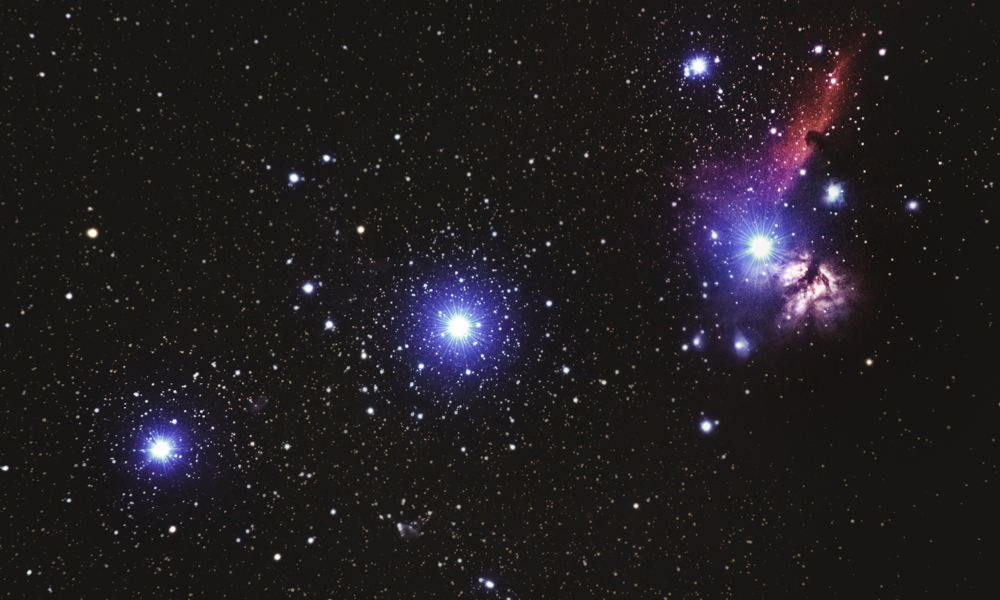
ESA Open Invitation To Tender AO8327
Open Date: 15/06/2015
Closing Date: 31/08/2015
Status: ISSUED
Reference Nr.: 15.112.14
Prog. Ref.: TRP
Budget Ref.: E/0901-01 – TRP
Special Prov.: AT+BE+CH+CZ+DE+DK+ES+FR+FI+GB+GR+IT+IE+LU+NO+NL+PL+PT+RO+SE
Tender Type: C
Price Range: 200-500 KEURO
Establishment: ESOC
Directorate: Directorate Human Spaceflight & Operatio
Department: Ground Systems Engineering Department
Division: Space Debris Office
Contract Officer: Roettger, Sabine
Last Update Date: 15/06/2015
Update Reason: Tender issue
The characterisation of space debris objects, e.g., the determination of area-to-mass ratios, or the observation with dedicated specialised techniques, requires a precise knowledge of the orbit. Such an orbit requires observation spanning over a several orbital revolutions, mostly guaranteed by combining the observations acquired by distributed sensors. In other cases, such as for the determination of the attitude motion, also a coordinated parallel observation with distributed sensor installations are necessary. These may be also of interest in the context of IADC (Inter-Agency Space Debris Coordination Committee) observation campaigns. Typically such campaigns aiming at object characterisation are only loosely coordinated, as a participation is purely voluntary and on a best-effort basis, without tasking from any entity. A missing tool to facilitate efficient collaboration among differently skilled observersis a database-controlled mechanism to exchange information between these loosely connected participants. The following key areas ofsuch a facilitator can be identified: 1) the provision of access to an external independent orbit determination and propagation method to the participants, 2) a pass prediction module, available on-demand for the participants, and 3) a data correlation component to support the quality assessment of the acquired observations. The following steps need to be addressed in the study: 1) analyse indepth the requirements from the scientific space debris observer and modelling communities (e.g. in the IADC) for coordinated, collaborative, observations and other support functions; 2) design and implement a prototype database-controlled mechanism supporting survey and follow-up instruments, allowing coordinating distributed collaborative observations of high-interest objects and the support of organising the collection and dissemination of the data required for various techniques in object characterisation; 3) implement links to existing orbit determination and propagation, pass prediction, and data correlation facilities; 4) deploy the prototype in a reference environment, e.g. at ESOC, and demonstrate the capabilities through supporting a voluntary campaign. Such a voluntarycampaign may serve as test-bed for testing correlation techniques under development in other activities, and may be exploited for studying and improving related orbit determination approaches (such as through admissible regions). A procurement of a limited set of”initial” data shall be foreseen for starting the voluntary campaign. Both observation techniques, radar and optical, need to be considered. A validation of the capabilities of the tool may use past data of a common target. Procurement Policy: C(1) = Activity restricted to non-prime contractors (incl. SMEs). For additional information please go to EMITS news „Industrial Policy measures fornon-primes, SMEs and R&D entities in ESA programmes”.
If you wish to access the documents related to the Invitation to Tender, you have to log in to the ESA Portal.
